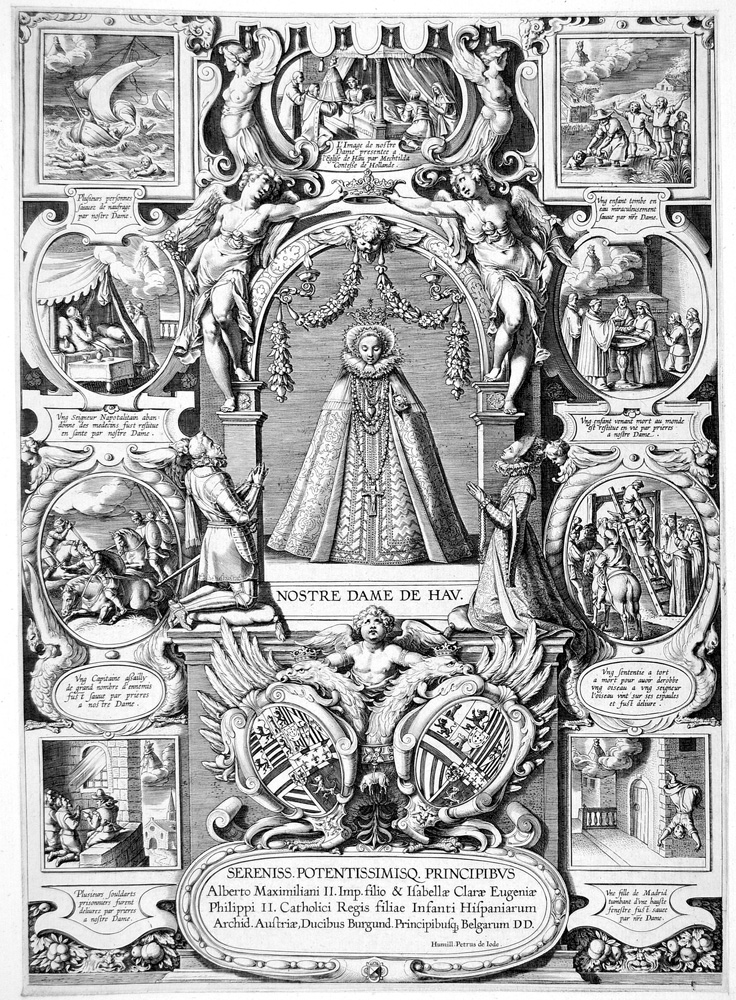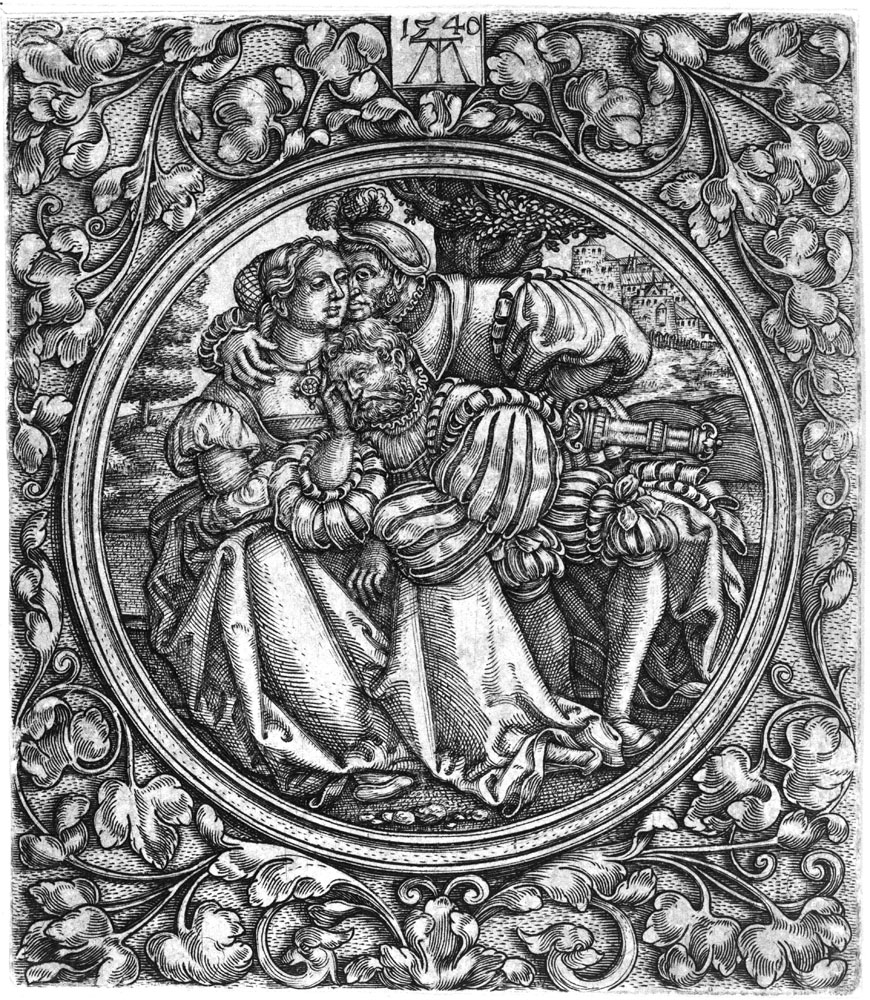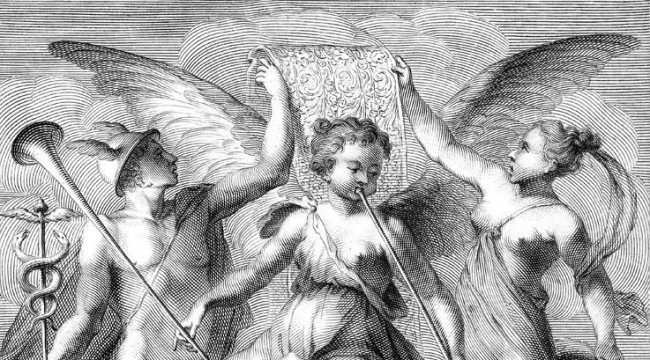Gerard de Jode’s younger son Pieter was trained in his father’s workshop. About 1590 he spent some time in Haarlem as a pupil or an assistant of Hendrick Goltzius. Probably following his father’s death in 1591 he returned to Antwerp to work as an engraver and designer for the family firm, before leaving for Italy in 1595. Pieter de Jode stayed in Italy for five years; after a short period in Venice he worked in Siena and Rome for several Italian publishers, both as an engraver and a designer. With the death of his brother Cornelis de Jode in 1600 and their mother Passchijnke in 1601 the De Jode publishing firm was wound up. Pieter de Jode basically started a new publishing firm. Most of the stock of plates of his father was sold, probably for reasons of inheritance but also because he had different commercial and aesthetic interests. His stay in Italy was of crucial importance both artistically and commercially. Stylistically his designs were permanently influenced by contemporary artists such as Francesco Vanni and Antonio Tempesta. With the latter he developed a personal business relationship, becoming Tempesta’s foremost publisher in the Low Countries. De Jode published a small number of master pieces after the works of contemporary Italian and Flemish artist. These were all engraved by Egbert van Panderen, who worked in the same technique as De Jode, taught in the Goltzius school, and was his favoured engraver. The largest output of De Jode’s firm would be images of saints and devotional prints, mostly after his own inventions and engraved by his assistants. His autograph engravings date for the most part from before 1600. The modest number of engravings that he made between 1601 and his death in 1634 show that his technique hardly developed since his training in the Goltzius workshop and at some moment was outdated in comparison with more sophisticated engravings by younger Flemish artists, including his son Pieter the Younger. After 1600 Pieter de Jode would work mostly as a draughtsman, mainly for other print- and book publishers. Another important part of his income was probably generated by his commercial activities as a dealer in prints and paintings.
Volumes V-VIII: Pieter de Jode I
Compiler: Marjolein Leesberg
Editor: Simon Turner




